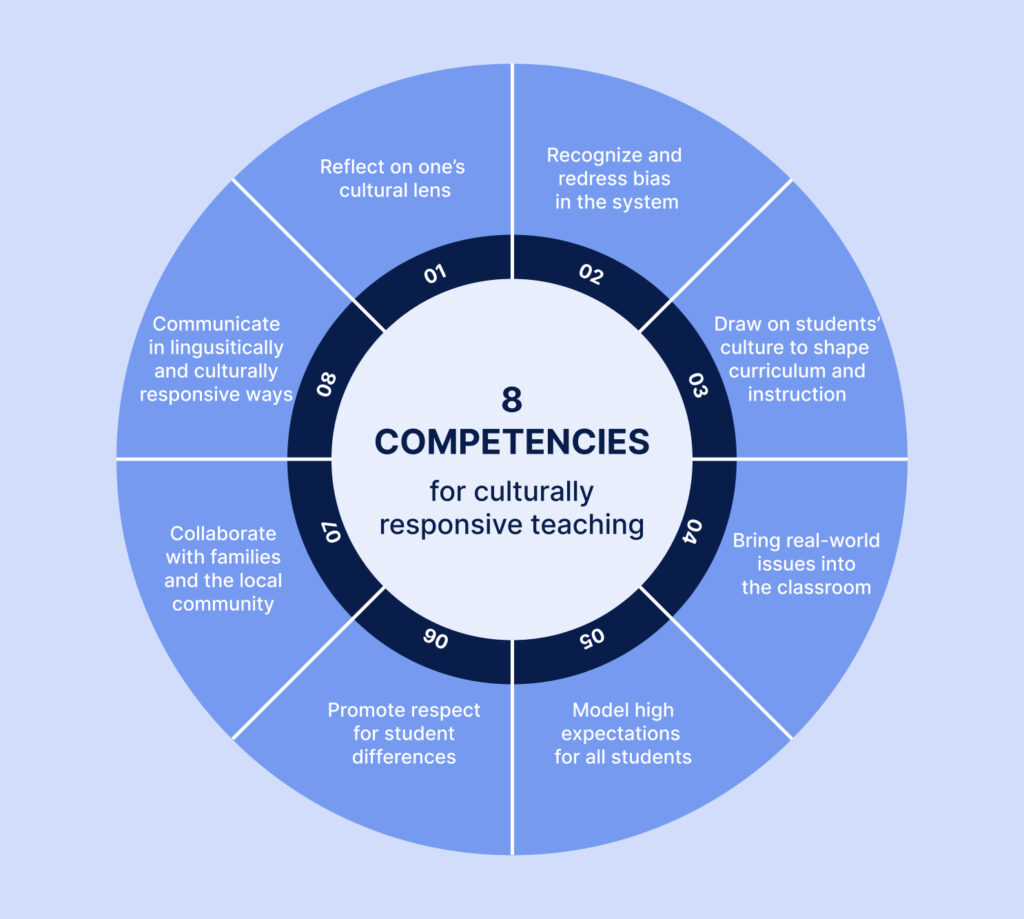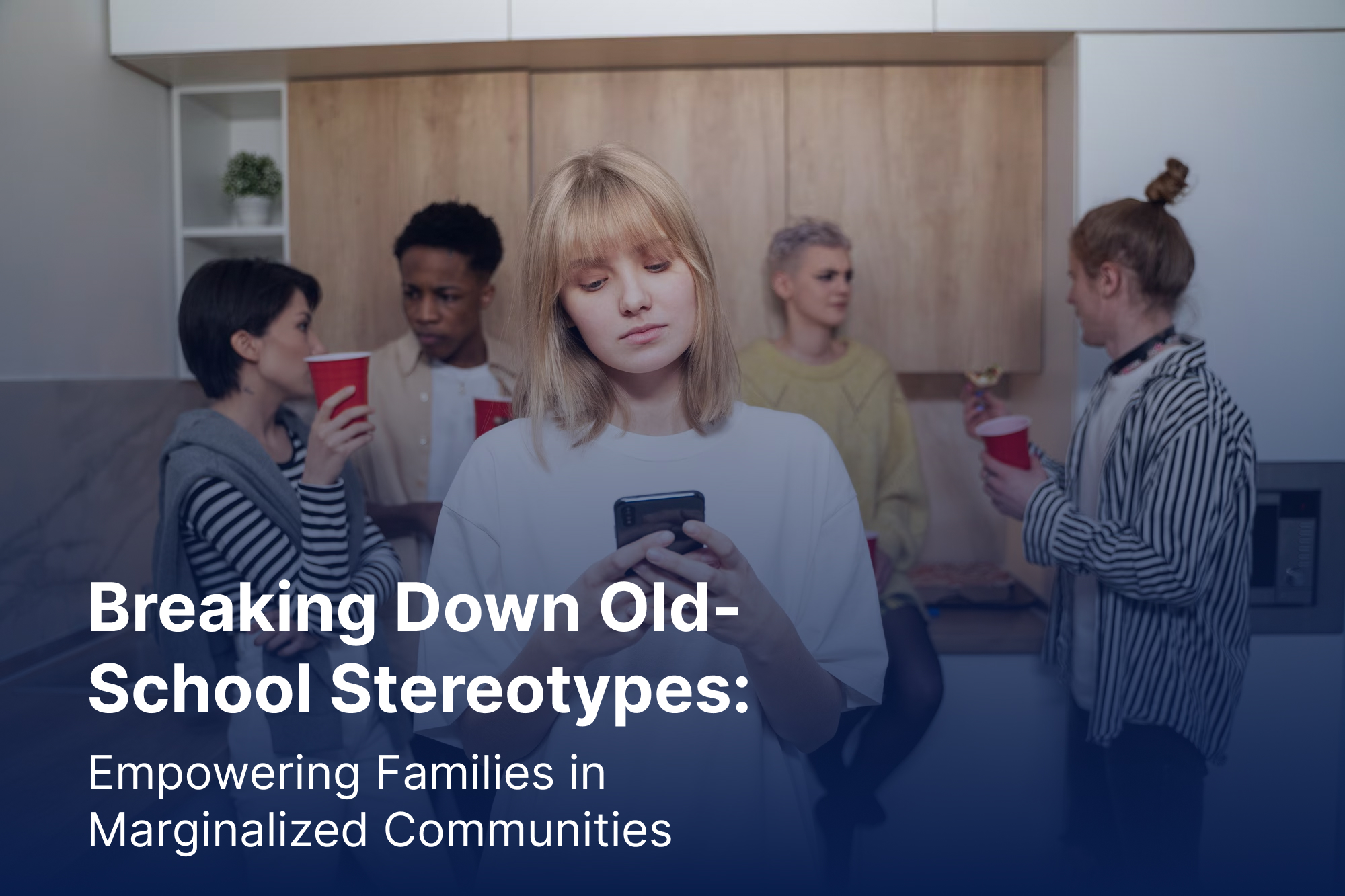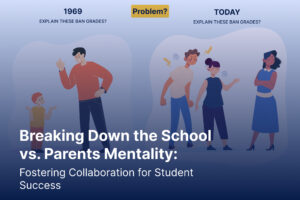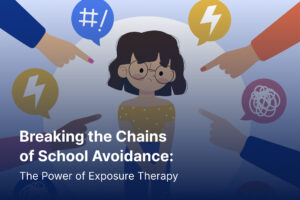Marginalized communities refer to groups of people who experience systematic social, economic, and political disadvantages due to various factors such as race, ethnicity, gender identity, sexual orientation, socioeconomic status, disability, or immigration status. These communities often face discrimination, oppression, and barriers to access resources, opportunities, and social mobility, which perpetuate cycles of disadvantage and marginalization. Examples of marginalized communities include but are not limited to racial and ethnic minorities, LGBTQ+ individuals, immigrants and refugees, people with disabilities, and individuals living in poverty. In the context of this article, marginalized communities encompass a diverse array of backgrounds, identities, and experiences, all of which contribute to the rich tapestry of family life in our society.
Unveiling the Myth of Homogeneity:
One of the most pervasive stereotypes about families in marginalized communities is the assumption of homogeneity – the belief that all families within a particular community share the same values, beliefs, and experiences. This oversimplified view fails to acknowledge the diversity and complexity of families in marginalized communities, which encompass a myriad of backgrounds, cultures, and lived experiences. From immigrant families navigating the complexities of acculturation to LGBTQ+ families forging paths of acceptance and inclusion, the spectrum of family life in marginalized communities defies monolithic categorization.
The notion of homogeneity within marginalized communities perpetuates a narrow and oversimplified understanding of the rich tapestry of family life. While external observers may paint these communities with a broad brushstroke, suggesting uniformity in values, beliefs, and experiences, the reality is far more nuanced and diverse.
- Cultural Diversity: Marginalized communities are not monolithic entities but vibrant tapestries woven from diverse cultural threads. Within these communities, one finds a kaleidoscope of cultural practices, traditions, and languages that reflect the complex histories and identities of its members. From Indigenous communities preserving ancestral traditions to immigrant families embracing new cultural landscapes, diversity thrives at the heart of marginalized communities.
- Socioeconomic Variation: The socioeconomic landscape within marginalized communities is far from uniform. While some families may struggle with poverty and economic insecurity, others may enjoy relative stability and upward mobility. Factors such as educational attainment, employment opportunities, and access to resources vary widely within these communities, shaping the lived experiences of families in profound ways.
- LGBTQ+ Identities: LGBTQ+ individuals and families within marginalized communities challenge traditional notions of family structure and identity. From same-sex couples raising children to transgender individuals forging paths of self-discovery and acceptance, LGBTQ+ families bring unique perspectives and experiences to the tapestry of family life. Their stories underscore the importance of embracing diversity and inclusion within marginalized communities.
- Intersecting Identities: Intersectionality further complicates the notion of homogeneity within marginalized communities, highlighting the ways in which multiple identities intersect to shape individuals’ experiences. For example, a Black immigrant woman may navigate intersecting forms of discrimination based on race, gender, and immigration status, each influencing her access to resources, opportunities, and social support networks.
- Generational Perspectives: Within marginalized communities, generational differences play a significant role in shaping family dynamics and values. While older generations may uphold traditional customs and practices, younger generations may navigate the complexities of cultural assimilation and identity formation in multicultural societies. These intergenerational tensions and negotiations contribute to the dynamic evolution of family life within marginalized communities.
By unveiling the myth of homogeneity and embracing the diversity and complexity of family life within marginalized communities, we challenge stereotypes, celebrate cultural richness, and honor the resilience and strength of families across diverse backgrounds. In doing so, we create space for authentic representation, meaningful dialogue, and collective action towards building more inclusive and equitable societies for all.
Challenging the Narrative of Dependency:
The narrative of dependency imposed upon families in marginalized communities oversimplifies their experiences and overlooks the systemic injustices that perpetuate cycles of poverty and marginalization. Contrary to this misconception, families within these communities demonstrate remarkable resilience, resourcefulness, and determination in the face of adversity.
- Systemic Barriers and Inequities: The narrative of dependency fails to acknowledge the structural inequalities and systemic barriers that impede the socioeconomic mobility of marginalized families. Factors such as unequal access to education, employment discrimination, and lack of affordable housing perpetuate cycles of poverty and marginalization, making it difficult for families to break free from the cycle of dependence.
- Cultural Resilience: Families in marginalized communities draw upon cultural strengths and traditions to navigate adversity and build resilience. Cultural resilience encompasses a deep sense of community, kinship bonds, and cultural practices that provide support and sustenance during challenging times. From communal childcare arrangements to mutual aid networks, these cultural assets serve as vital lifelines for families facing economic hardship.
- Community Networks: Marginalized communities often possess robust networks of support that extend beyond traditional familial structures. These networks, rooted in reciprocity and solidarity, provide essential social capital and mutual aid to families in times of need. Whether through neighborhood associations, faith-based organizations, or grassroots initiatives, these community networks serve as pillars of support and resilience.
- Intergenerational Wisdom: Within marginalized communities, intergenerational relationships play a crucial role in passing down knowledge, skills, and values that bolster resilience and self-sufficiency. Elders within these communities offer invaluable wisdom, guidance, and mentorship to younger generations, imparting lessons learned from navigating historical injustices and systemic oppression.
- Entrepreneurial Spirit: Despite facing systemic barriers to economic advancement, many families in marginalized communities demonstrate entrepreneurial spirit and innovation in creating economic opportunities. From starting small businesses to engaging in informal economies, these families exhibit resourcefulness and creativity in generating income and supporting their households.
By challenging the narrative of dependency and recognizing the resilience, resourcefulness, and agency of families in marginalized communities, we honor their strength and tenacity in the face of adversity. Empowering these families requires addressing systemic inequalities, dismantling barriers to opportunity, and amplifying their voices in the pursuit of social justice and equity. Through collective action and solidarity, we can create a more just and inclusive society where all families have the opportunity to thrive.
Empowering Voices and Amplifying Narratives:
To combat entrenched stereotypes and foster a society that embraces diversity and inclusion, it is crucial to amplify the voices and experiences of families in marginalized communities. By centering the narratives of those directly impacted by systemic oppression and marginalization, we gain insight into their realities, challenges, and aspirations. Here’s how we can amplify diverse voices and foster empathy, understanding, and solidarity:
- Storytelling as a Tool for Empowerment: Storytelling has the power to humanize experiences, challenge stereotypes, and cultivate empathy. By providing platforms for individuals from marginalized communities to share their stories, we can amplify their voices and shed light on the complexities of their lived experiences. Whether through personal narratives, poetry, art, or digital media, storytelling serves as a powerful tool for empowerment and advocacy.
- Advocacy and Policy Reform: Amplifying marginalized voices is essential for informing advocacy efforts and driving policy reform. By elevating the voices of those directly impacted by systemic injustices, we can advocate for policies and initiatives that address the root causes of marginalization and promote equity and justice. Through grassroots organizing, lobbying efforts, and community mobilization, we can amplify diverse voices to effect meaningful change at the local, national, and global levels.
- Community Engagement and Dialogue: Building platforms for community engagement and dialogue fosters understanding, empathy, and solidarity across lines of difference. By creating spaces for meaningful conversations, we can bridge divides, challenge stereotypes, and build connections based on shared humanity. Community forums, dialogue circles, and storytelling events provide opportunities for individuals from diverse backgrounds to listen, learn, and empathize with one another’s experiences.
- Cultural Representation and Media Representation: Media plays a powerful role in shaping perceptions and attitudes towards marginalized communities. By advocating for diverse representation in media and cultural narratives, we can challenge stereotypes and amplify the voices of underrepresented groups. Supporting media outlets and content creators from marginalized communities, promoting diverse storytelling, and demanding accurate and nuanced portrayals in mainstream media are critical steps towards amplifying diverse voices and experiences.
- Education and Awareness: Education is key to challenging stereotypes and fostering understanding and empathy. By incorporating diverse perspectives and voices into school curricula, textbooks, and educational materials, we can promote a more inclusive and equitable understanding of history, society, and culture. Providing opportunities for intercultural exchange, dialogue, and learning fosters empathy, understanding, and solidarity across diverse communities.
- Supporting Grassroots Initiatives: Grassroots initiatives led by individuals from marginalized communities are instrumental in amplifying their voices and addressing their unique needs and priorities. By supporting grassroots organizations, community-led projects, and advocacy campaigns, we can empower marginalized communities to advocate for themselves and drive positive change from within.
By empowering voices and amplifying narratives from marginalized communities, we can challenge stereotypes, foster empathy, and build a more inclusive and equitable society where all individuals are valued and respected. Through collective action and solidarity, we can create a world where diversity is celebrated, and everyone has the opportunity to thrive.
Creating Culturally Responsive Support Systems:

Building culturally responsive support systems is essential for ensuring that families in marginalized communities receive the assistance and resources they need in a manner that respects their cultural identities, values, and lived experiences. Here’s how we can expand and improve upon these systems:
- Culturally Competent Services: Organizations and service providers must invest in cultural competency training for staff members to ensure they understand the unique needs and perspectives of diverse communities. This includes sensitivity to cultural practices, languages spoken, and historical contexts that shape the experiences of marginalized families.
- Language Access: Access to services should not be hindered by language barriers. Providing interpretation services and multilingual materials ensures that families can fully engage with and understand the support available to them. This might involve hiring bilingual staff or partnering with language interpretation services.
- Valuing Diverse Knowledge: Recognizing and valuing diverse forms of knowledge and expertise is crucial. This means acknowledging the strengths and resilience of marginalized communities and incorporating their perspectives into program development, decision-making processes, and service delivery models.
- Cultural Humility: Practicing cultural humility involves approaching interactions with humility, openness, and a willingness to learn from others. Service providers should strive to understand the cultural backgrounds and experiences of the families they serve, without making assumptions or imposing their own values and beliefs.
- Community Engagement: Engaging with community members directly allows organizations to build trust, establish rapport, and better understand the needs and priorities of marginalized families. Community advisory boards, focus groups, and culturally tailored outreach efforts can facilitate meaningful dialogue and collaboration.
- Flexible and Responsive Services: Recognizing that families in marginalized communities may face unique challenges and barriers, support systems should be flexible and responsive to individual needs. This might involve offering flexible scheduling options, providing transportation assistance, or tailoring services to accommodate cultural preferences and practices.
- Intersectional Approaches: Acknowledging the intersectionality of identity is crucial in providing effective support to marginalized families. Intersectional approaches recognize that individuals may experience multiple forms of marginalization simultaneously and strive to address the intersecting factors that impact their lives.
By prioritizing cultural responsiveness in support systems, organizations and service providers can create environments that honor the strengths, identities, and experiences of marginalized families. This not only improves access to services but also fosters trust, empowerment, and positive outcomes for families in need.
Fostering Collective Action and Solidarity:
In the journey towards dismantling old-school stereotypes and creating more inclusive and equitable communities, fostering collective action and solidarity is essential. Here’s how we can cultivate collective action and solidarity to support families in marginalized communities:
- Building Bridges Across Communities: Collective action begins with building bridges across communities, fostering connections, and nurturing relationships built on empathy, understanding, and mutual respect. By reaching out to diverse communities and forging alliances based on shared values and goals, we can create a more inclusive and interconnected society.
- Amplifying Marginalized Voices: Centering the voices and experiences of marginalized communities is crucial in fostering collective action and solidarity. By amplifying marginalized voices, sharing their stories, and elevating their perspectives, we can raise awareness, challenge stereotypes, and advocate for systemic change that addresses the root causes of marginalization and inequality.
- Coalition-Building and Collaboration: Collaborative efforts between organizations, advocacy groups, and community members are key to fostering collective action and solidarity. By forming coalitions, sharing resources, and coordinating efforts, we can leverage collective power to advocate for policies and initiatives that promote equity, justice, and social change.
- Intersectional Approaches: Recognizing the interconnectedness of social issues and identities is essential in fostering collective action and solidarity. Intersectional approaches acknowledge that individuals may experience multiple forms of oppression simultaneously and seek to address the intersecting factors that contribute to marginalization and inequality. By adopting intersectional perspectives, we can build more inclusive and effective movements for social justice.
- Advocacy and Policy Change: Engaging in advocacy and policy change is a powerful way to foster collective action and solidarity. By mobilizing community members, organizing grassroots campaigns, and advocating for policy reforms, we can challenge systemic barriers, address institutionalized discrimination, and create a more equitable and just society for all.
- Mutual Aid and Support Networks: Building mutual aid networks and support systems within communities is essential for fostering collective action and solidarity. By pooling resources, offering mutual support, and standing in solidarity with one another, communities can provide vital assistance and care to those in need, particularly during times of crisis or hardship.
- Educational Initiatives and Awareness Campaigns: Educating ourselves and others about the root causes of marginalization and inequality is essential for fostering collective action and solidarity. By raising awareness, challenging stereotypes, and promoting dialogue and understanding, we can create a culture of empathy, compassion, and solidarity that transcends differences and fosters collective action for social change.
By fostering collective action and solidarity, we can create a more just, equitable, and inclusive society where all families – regardless of race, ethnicity, socioeconomic status, or identity – have the opportunity to thrive. Together, we can challenge old-school stereotypes, dismantle systemic barriers, and build a brighter future for generations to come.
Conclusion
In conclusion, the perpetuation of old-school stereotypes that marginalize families in marginalized communities must come to an end. It is imperative that we embrace a more inclusive and empathetic understanding of the rich diversity of family life, acknowledging the complexities and nuances that shape the experiences of individuals and families across diverse backgrounds.
By challenging stereotypes and confronting the biases that underpin them, we can pave the way for a society that celebrates and uplifts all families, regardless of race, ethnicity, socioeconomic status, gender identity, sexual orientation, or cultural background. Amplifying diverse voices and narratives is essential in shedding light on the realities, challenges, and triumphs of those who have been marginalized and silenced.
Creating culturally responsive support systems that honor the strengths, values, and traditions of diverse communities is essential for ensuring that all families have access to the resources and opportunities they need to thrive. This requires a commitment to cultural humility, sensitivity, and collaboration, as well as a recognition of the systemic barriers that perpetuate inequality and marginalization.
Fostering collective action and solidarity is crucial in building a society where every family is valued, respected, and empowered to thrive. By coming together across lines of difference, we can advocate for policies and practices that promote equity, justice, and inclusion, and create a world where diversity is celebrated and embraced.
In the journey towards a more just, equitable, and compassionate society, each of us has a role to play. Let us commit ourselves to challenging stereotypes, amplifying diverse voices, and creating spaces of belonging where every family feels valued, respected, and supported.








